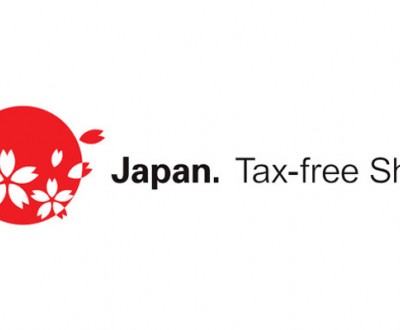Tax-free and duty-free in Japan
The Japanese added value tax, called "consumption tax," may not be the highest of OCDE countries at 10% (from October 2019), yet being exempted from it—not only at the airport—is a real help to the travel budget.
To be realistic, Japan looks like a huge mall. With its ¥100-yen 💴 shops, or konbini that can be found on almost every corner of each street; shopping arcades, or shotengai, located at all touristic attractions; and the gigantic malls spread on several floors, especially around the train 🚅 stations, a traveler’s wallet has many temptations!
For travelers in Japan, the tax-free option is fortunately possible and getting easier as tourism becomes more important on the archipelago. The Japanese Tourism Agency launched a campaign October 1, 2014, to enlarge the range of compatible products and detail the function and nature to of these products to foreign clients.
Tax exemption and how to use it
Several rules surround the tax-free shopping system in Japan:
- It is solely available to foreign consumers who have a temporary visa or are visa-exempted for a stay shorter than 3 months;
- Visitors must present passports when purchasing and will have to sign a small form in addition to the purchase; and
- There are thousands of compatible stores that display the logo "Japan Tax-free Shop" (see banner above this article) and some of the bigger stores even have a dedicated counter with English-speaking staff. January 2016, the first tax-free store outside an airport was created at Mitsukoshi Ginza; it encompasses 3,300 square meters.
Since the end of November 2015, the minimum amount to enjoy tax-free goods is ¥5,000 (~US$32.00).
If all conditions are met, the 10% (rate of the Japanese VAT since October 2019) will be deducted like a discount from the total amount when checking-out at the cashier. Sometimes, you will be asked to pay all taxes included and will then be led to a specific counter to be refunded the tax amount.
In November 2024, the Japanese government announced that the tax refunding directly from the shops could stop from the second half of 2026 as cases of illegal reselling of tax-free goods from Japan have been discovered. Authorities are considering the implementation of the Japanese VAT refund at the airport before boarding upon submission of relevant documents at the customs 🛂 office. In addition, items sent in international parcels through the Japanese post will not benefit from tax exemptions anymore.
Not all stores offer tax-free items to foreign clients. Therefore, if there is no sticker or dedicated counter, it is wise to ask on a case by case before paying. For example, the 7-Eleven konbini chain announced at the end of 2014 that the company furnished around a thousand counters to allow foreign tourists to reduce their receipt by 8% for all expenditures of ¥5,000 or more. Yet, stores are not officially obliged to do so.
Obviously, big cities like Tokyo, Kyoto, or Osaka have plenty of opportunities.
Attention: Food items specifically sealed by sellers to benefit from the tax-free option must not be consumed in Japan and must be outside of Japan within 30 days after purchase. This mostly concerns omiyage travel gift.
Some additional pieces of advice
Despite breakthroughs in terms of duty-free, the country remains quite uncomfortable with diverse methods of payment. As banking cards are not widely accepted, except in modern stores, for all payments it is wise to plan to use cash and always have yen in the pocket.
In the frenetic shopping, be careful of the customs’ maximum of $800 per person for U.S. travelers or £390 per person for U.K. travelers. Worst-case scenario, if souvenirs happen to be over the maximum allowable amount, visitors can send them through the Japanese post office 📮 to avoid worrying.
Most tax-free goods will have a receipt justifying this option stapled on the passport, which will be removed by customs staff when leaving the country. Do not forget to keep the purchase receipts, in order to show evidence of all payments in the event of control measures.
A lot of price tags in Japan show prices without taxes (免税) and with all taxes included (税込). Culturally, negotiating and bargaining are not Japanese norms, similar to not giving tips.

